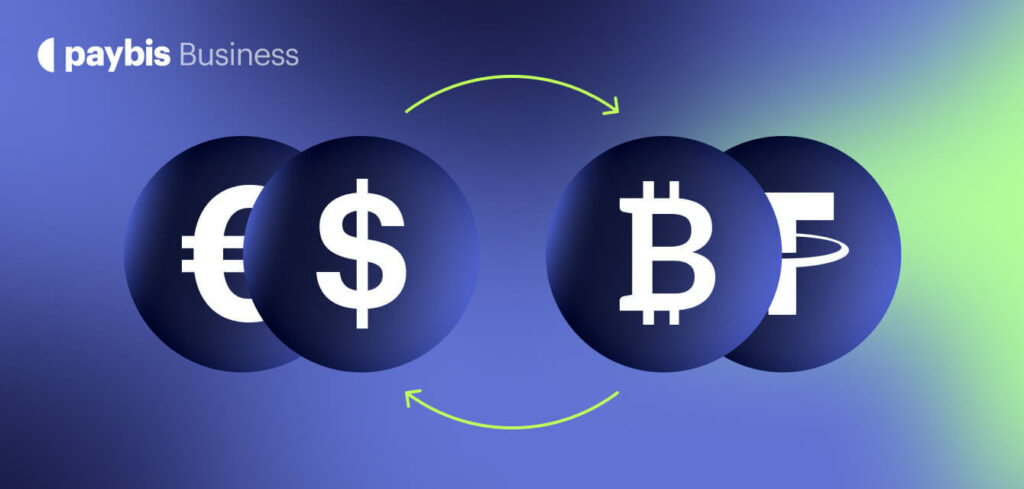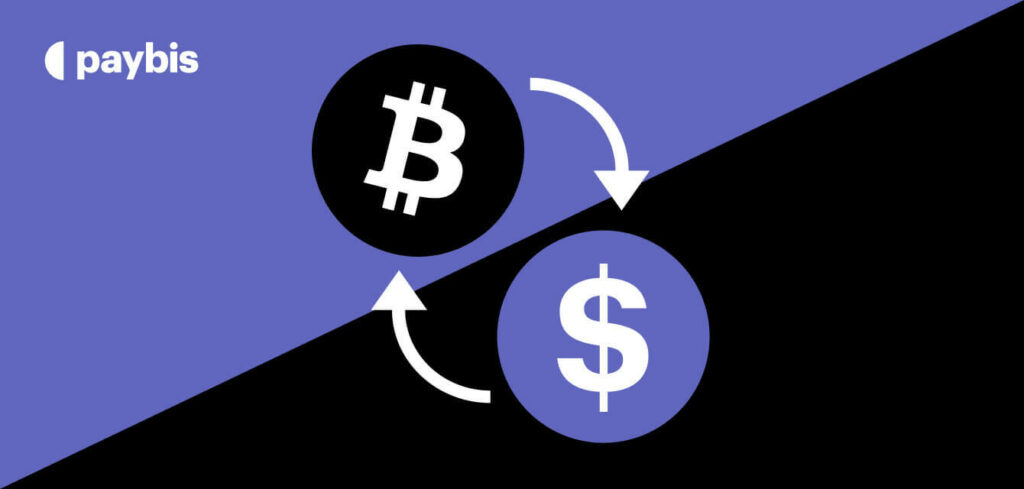High-Frequency Trading (HFT)
High-Frequency Trading (HFT) is a form of algorithmic trading that uses powerful computers and ultra-fast execution to perform thousands of trades per second. In crypto, HFT is used to profit from tiny price differences across exchanges, often within milliseconds.
What is High-Frequency Trading (HFT)?
High-Frequency Trading (HFT) refers to the use of advanced algorithms and high-speed infrastructure to execute a large number of trades in fractions of a second. It’s common in traditional finance and has increasingly found its place in crypto markets.
HFT firms aim to capitalize on small price discrepancies across exchanges or trading pairs by reacting faster than human traders ever could. In the crypto space, this often involves arbitrage, market making, and liquidity strategies.
While platforms like Paybis serve everyday users through fiat-to-crypto services, HFT operates behind the scenes, contributing to price discovery and liquidity in the broader market.
Defining the Background of HFT
HFT originated in traditional stock markets in the early 2000s, following advancements in computing and direct market access. As trading moved from physical floors to electronic systems, speed became a competitive edge.
In the crypto industry, HFT emerged alongside institutional interest, especially on centralized exchanges offering API access and low-latency trading. Crypto HFT differs slightly due to market fragmentation and 24/7 trading cycles, but the core principles, speed, automation, and volume, remain the same.
Today, many trading firms apply HFT strategies to crypto just as they do with stocks, forex, and commodities.
HFT Usage
High-Frequency Traders use algorithms to scan multiple markets for price inefficiencies, executing thousands of micro-trades in seconds. They provide liquidity, narrow bid-ask spreads, and sometimes act as market makers on exchanges.
In crypto, HFT strategies include arbitrage (taking advantage of price differences between exchanges), statistical trading (based on patterns or correlations), and latency arbitrage (beating slower traders to price changes).
While beneficial for liquidity, HFT can also raise concerns about market fairness, especially for retail traders without the same technological edge.
FAQ
Is HFT used in crypto trading?
Yes, HFT is actively used in crypto markets, especially on large centralized exchanges like Binance and Coinbase. Some decentralized platforms also allow for HFT via smart contract bots or automated strategies.
How fast is High-Frequency Trading?
Extremely fast, often measured in microseconds (millionths of a second). Specialized hardware and direct connections to exchange servers give HFT firms the edge in executing trades ahead of competitors.
Does HFT benefit the market?
Generally, HFT increases liquidity and reduces spreads, which can benefit traders. However, it can also lead to volatility and make it harder for slower or retail traders to compete on equal footing.
Can individuals do HFT?
In most cases, no. True HFT requires access to high-speed infrastructure, low-latency APIs, and advanced programming skills. However, some crypto traders use simplified algorithmic strategies or trading bots on platforms with accessible tools.
Disclaimer: Don’t invest unless you’re prepared to lose all the money you invest. This is a high‑risk investment and you should not expect to be protected if something goes wrong. Take 2 mins to learn more at: https://go.payb.is/FCA-Info


